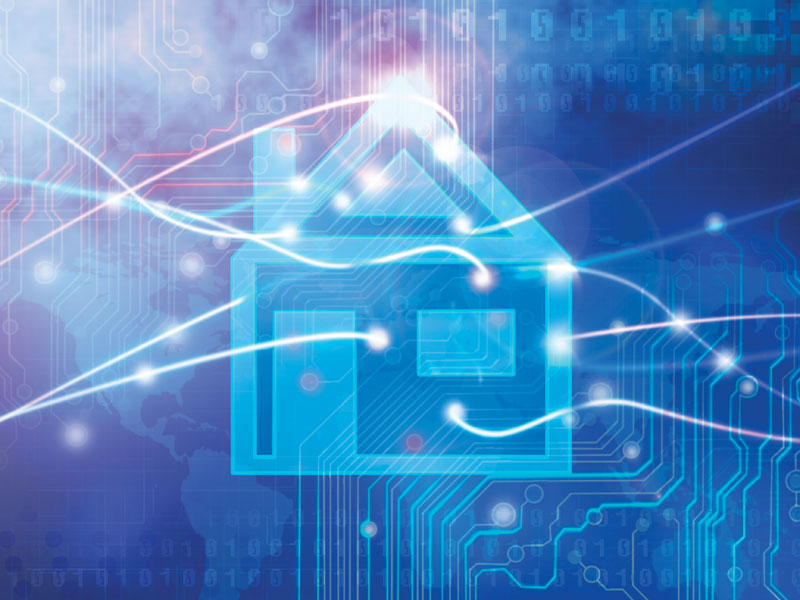
TWICE: Is the variety of wireless home-automation standards sowing confusion among consumers and preventing the market from growing faster?
Brad Hintze, C4: We would say there is some truth to this statement, as there is certainly confusion about proprietary protocols, and this leads to people being hesitant to go with one or the other. This is similar to the format wars we have seen in the past, which only gets worse as players enter the market with their own standards and ultimately leave consumers holding the bag.
Nathan Smith, Wink: One of our main goals is to make it so easy for the user to connect, monitor and control their smart home through a single interface that the protocol used by each device becomes irrelevant to them. It would be great if all of your products worked together seamlessly atop a single protocol, but that isn’t yet possible because there is no one silver- bullet technology. Products that people love have unique APIs and use many different protocols. That’s why, despite recent debate within the industry over its place in the smart home, the hub is a necessity. I don’t see that changing anytime soon.
Tom Kerber, Parks: While the diversity of network solutions in the market is not helpful, I don’t think it is hurting either. Consumers don’t care about the underlying technology. They just expect the products to work. However, as smart-product adoption grows, concerns related to interoperability will increase.
Joe Gerber, Insteon: The protocols are creating some confusion, but customers often just want to know if their product will work with what they have or not. They don’t want to learn about a bunch of different standards and understand the technological differences. We believe that the consumer will win, and mainstream consumer manufacturers will be focused to simplify this process for customers in order to ensure overall market growth.
See more from this roundtable:











